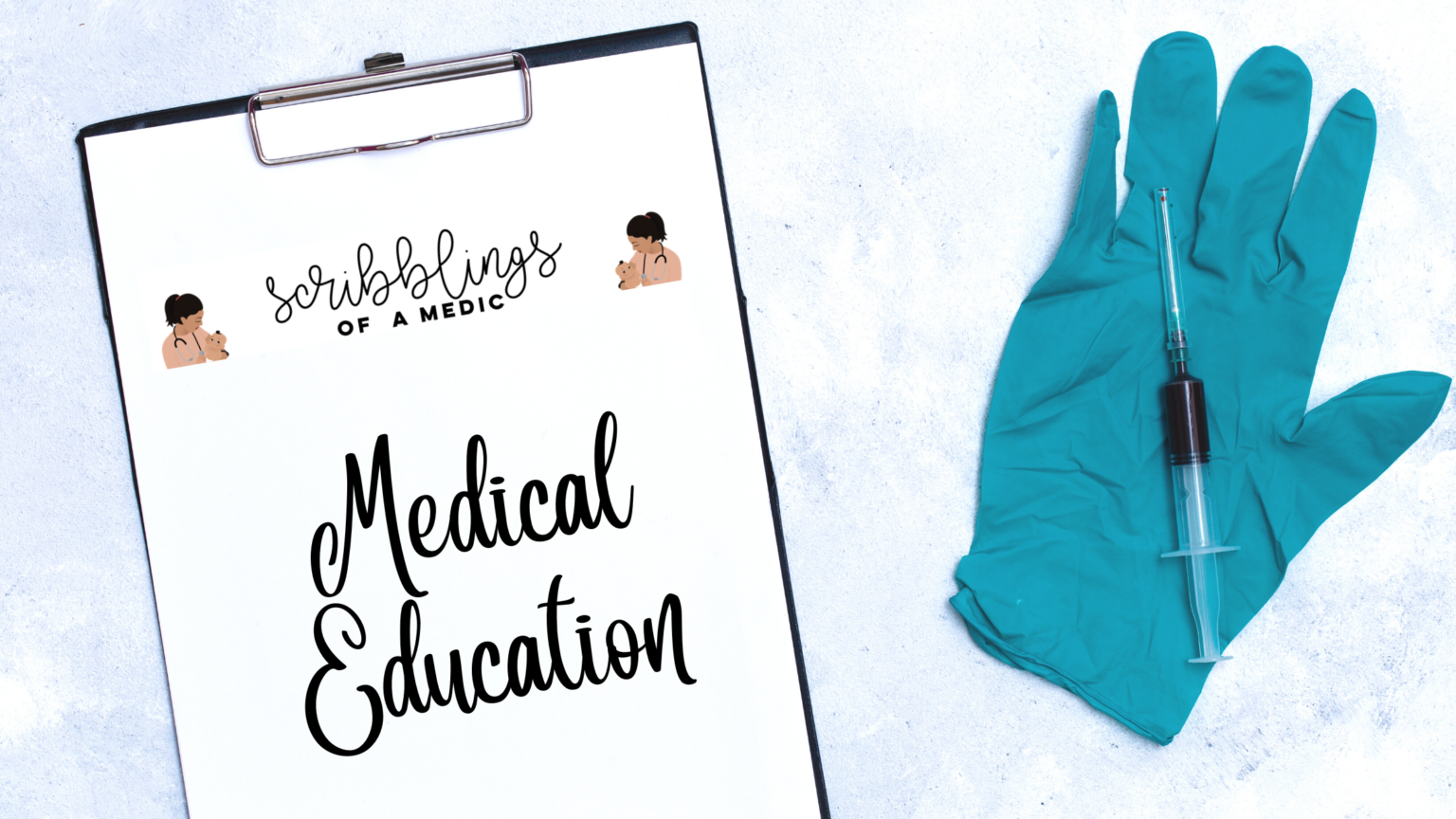Obstetrics and gynaecology is one of the most stressful departments for any intern – weight loss is guaranteed! You have no time to eat, sleep or even breathe as emergencies happen left, right and centre. It is however one of the most sort after internships as you learn a lot and may not get any experience in that department again.

Dr. Sandamali Perera
Dr. Sandamali Perera is currently an RHO in Obstetrics and Gynaecology (OBGYN) working in Sri Lanka. After completing a hectic internship in obgyn, she was quickly chosen to advance her training in the same department and one day hopes to pursue a career in OBGYN despite its’ trials and challenges. She loves to travel and uses her time off work to explore the many wonders that Sri Lanka has to offer.
One of the most common presentations in obstetrics is pregnancy-induced hypertension and pre-eclampsia. Diagnosing these conditions is crucial and quick management is essential! Read on below as she shares her experience in tackling this condition.

Sandamali and I both began our internship in Sri Lanka together and became quick friends. In addition to her sense of humour, her love of travelling is something we share and you may have seen her pop up in my instagram stories when we do our monthly trips around Sri Lanka. Once we get talking there is no stopping and I truly will miss her once our work period together ends!
A brief clinical picture
A 35 year old mother in her second pregnancy (G2P1C1) came in for her routine antenatal clinic follow up at 32weeks of gestation. At the clinic she complained of a mild headache persisting over 2-3 days with an associated cough. On further questioning she also complained of some upper abdominal cramping and lethargy. Foetal movements were felt as normal.
Her SFH was appropriate on examination, but her blood pressure was 150/90mmhg. Rest of the examination was normal, with no hyper-reflexia, pitting oedema or visual disturbances. Quick investigation found her urine albumin to be (1+) and her full blood count had a platelet count of 238,000.
As an OBGYN RHO for almost a year, I believe that sometimes we tend to get set into a routine of ignoring minor complaints made by pregnant mothers as a majority of them are not significantly harmful to either the mother or the baby (trust me pregnancy is no easy task as a whole bunch of aches and pains with other minor ailments are a given). However, we could also miss certain important diseases such as pregnancy induced hypertension or gestational hypertension which can have many harmful complications.
Introduction
Hypertension is a common medical complication of pregnancy and contributes significantly to maternal and perinatal morbidity and mortality.
Definitions
Pre-eclampsia (gestational hypertension with proteinuria) is a multi system disorder of unknown aetiology (thought to be of vascular endothelium malfunction) characterized by the development of hypertension to the extent of 140/90mmhg or more with proteinuria after the 20th week, in a previously normotensive and non-proteinuric woman.
Diagnostic criteria
1. Absolute rise of blood pressure of at-least 140/90mmhg – a rise of 20mmhg of MAP or when the MAP is 105mmhg or more, it is considered to be significant. Blood pressure should be checked on the right arm of the mother when she is in a seated position.
2. Pitting oedema of the ankle not settling with 12 hours of bed rest
3. Total protein in urine over 24 hours – if more than 0.3 grams on atleast 2 random clean-catch urine samples tested 4 hours apart in the absence of an urinary tract infection
Impaired hepatic function, thrombocytopenia, pulmonary oedema, visual disturbances or renal sufficiency indicates severe features or pre-eclampsia.
Risk factors
- Elderly pregnancy (more than 35 years)
- Primigravida
- Family history of hypertension or PIH or chronic renal disease
- Placental abnormalities (hyperplacentosis in a molar pregnancy, twins, Diabetes Mellitus)
- Obesity
- Pre-existing vascular diseases
- New paternity
- Thrombophilias – protein c & s deficiency
Symptoms
Mild : slight swelling of the ankles gradually extending to face, abdominal wall, vulva and even the whole body
Moderate: headache over occipital or frontal region, disturbance of sleep, reduced urine output, epigastric pain, vomiting with blurring of vision, scotomata (partial loss of vision or a blind spot) or dimness of vision with flashes of light.
Signs to look for
- Abnormal weight gain
- Rise of blood pressure
- Visible pitting oedema over ankles
- Pulmonary oedema (due to leaky capillaries and low oncotic pressure)
- Abdominal examination shows reduced liquor and growth retardation
- Clonus and hyper-reflexia
Investigations
- Urine for proteinuria – it may even be trace reading with a few epithelial cells, hyaline casts and red cells
- Full blood count for thrombocytopenia of varying degrees and to detect haemolysis
- Liver function tests – for elevated liver enzymes
- Serum creatinine level maybe more than 1mg/dL
- Serum LDH – for haemolysis
- Serum Uric acid level – >4.5mg/dL is significant
- Peripheral blood film – for haemolysis
- Ophthalmoscopic examination- in severe cases retinal oedema and constriction of arterioles may be seen
- Ultrasound scan for fetal evaluation
- Umbilical doppler artery flow also for metal evaluation
- CTG – for fetal monitoring
Complications
Hypertension cause a number of complications – not just for the mother but also for the baby.
Maternal
- Eclampsia – intrapartum or postpartum
- Oliguria and anuria
- HELLP syndrome – haemolysis, elevated liver enzymes and low platelets
- Cerebral haemorrhage
- Acute respiratory distress syndrome
- Shock
- Preterm labour
- Placental abruption
- Dimness of vision or even blindness
Fetal
- Intrauterine death
- Intrauterine growth restriction
- Asphyxia
- Prematurity
Management
Prophylactic measures to prevent pre-eclampsia
- Regular antenatal check ups for early detection
- Anti thrombotic agents – low dose aspirin daily to begin at early pregnancy
- Heparin or low molecular weight heparin is sometimes given for women with thrombophilias
- Balanced diet
Conservative management
- Bed rest preferably in left lateral position
- May need oxygen via a facemask and IV cannulation
- Regular monitoring of blood pressure to identify an anti hypertensive crisis
- Avoid diuretics and careful fluid resuscitation to avoid overload.
Oral medication
- Methyl dopa 250-500mg tds or qid
- Nifedipine (calcium channel blocker that causes vasodilatation) 10-20mg bd
- Labetolol (selective alpha blocker & non-selective beta blocker that causes vasodilatation and so a decrease in vascular resistance) 100mg tds
Intravenous medication
- Labetolol 10-20mg every 10 min. With maximum dose 300mg Hydralazine 5mg every 30min
Furthermore definitive treatment would be delivery of the fetus either by induction of labour or caesarian section. Delivery is indicated especially if the foetus is more than 34 weeks (remember to give prophylactic IV steroids to improve lung maturity), if there is ruptured membranes, uncontrolled BP, doppler changes or severe IUGR. Eclampsia, placental abruption, and develop of severe signs are also indications.
Remember that Magnesium sulphate is given prophylactically if features of severe pre-eclampsia and is first line to treat active eclamptic seizures. Seizure prophylaxis should also be continued 24 hours post partum.
I hope this helps any junior doctor or intern and is a reminder to always check the blood pressure of pregnant women who come to clinic for check ups.





